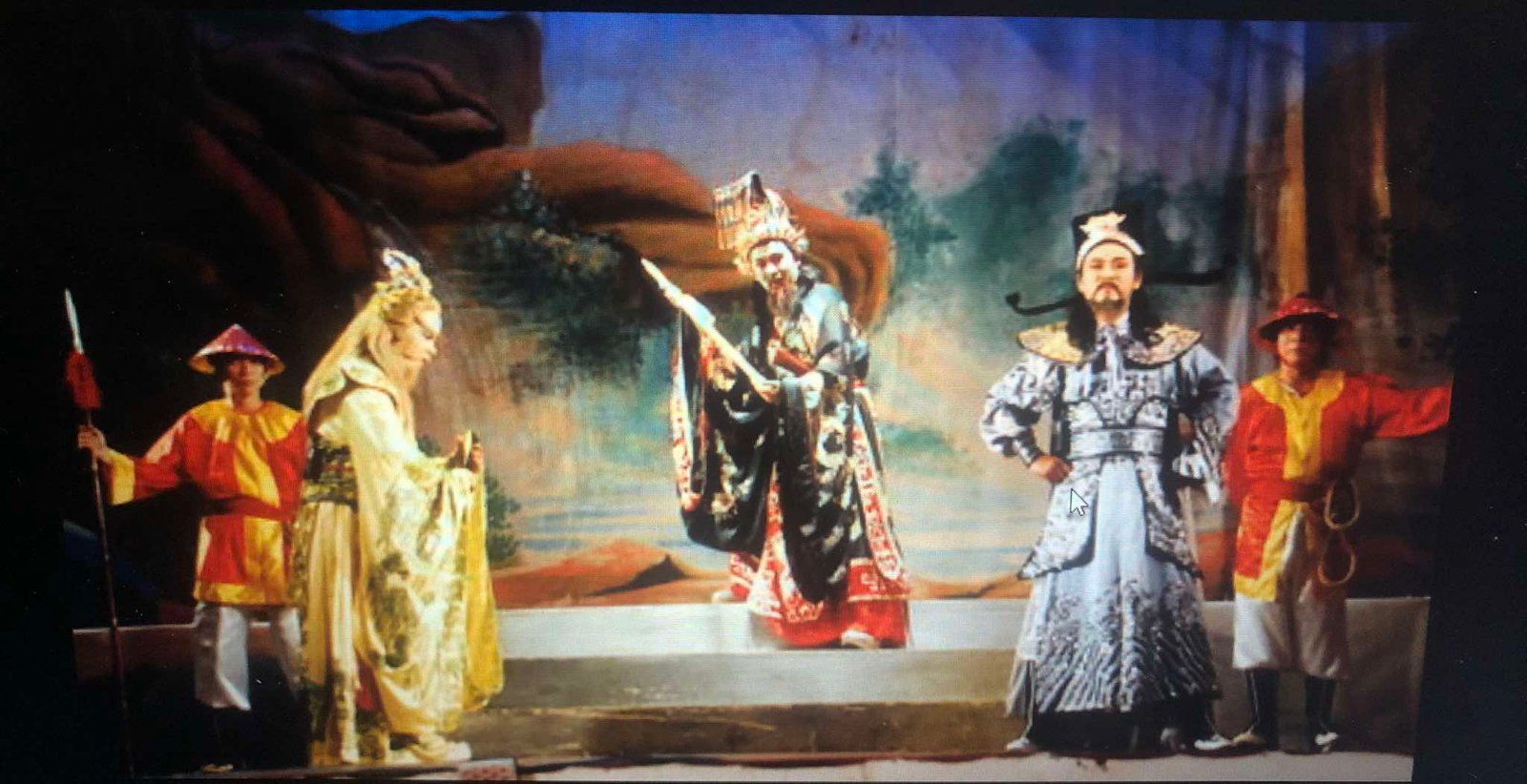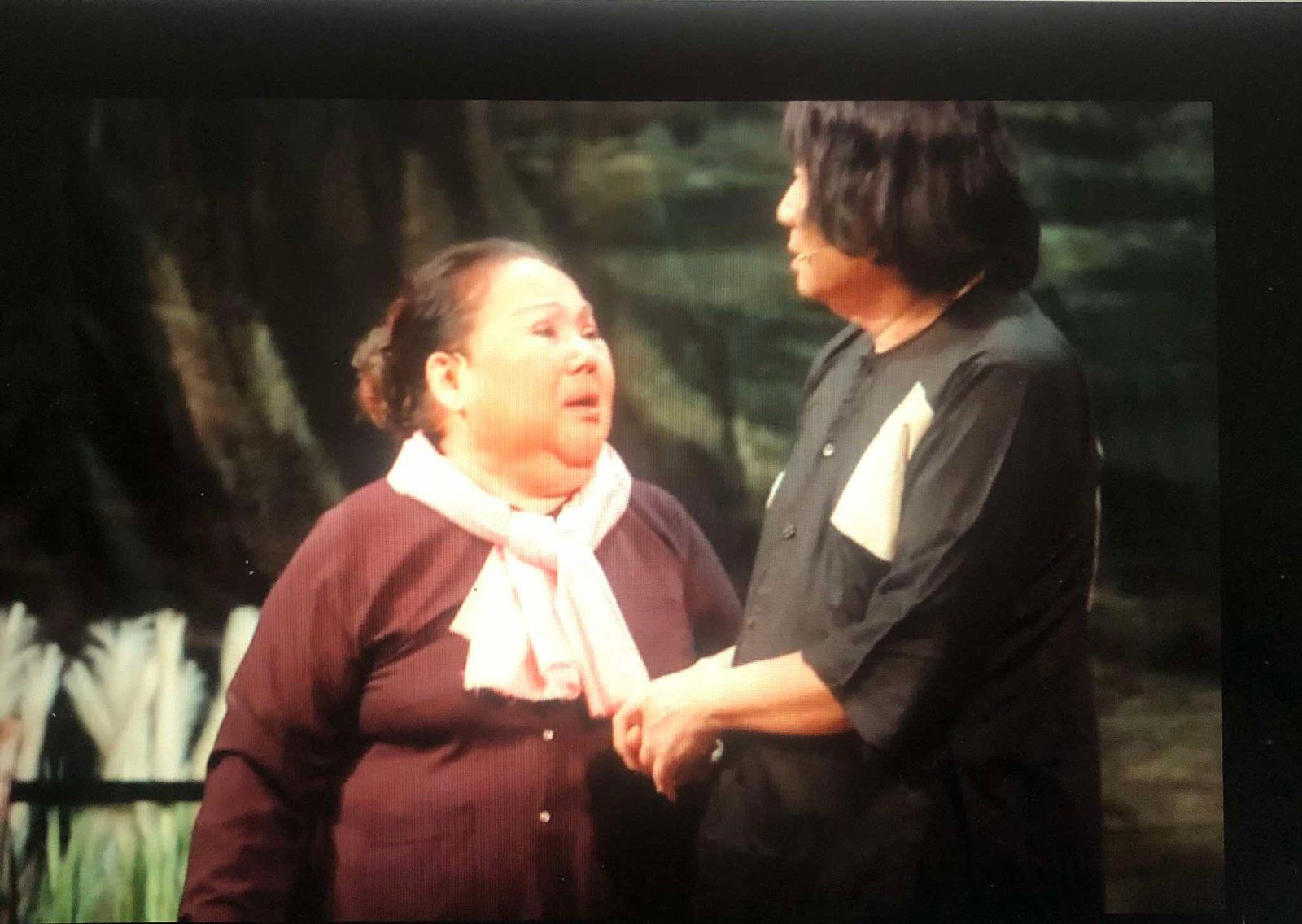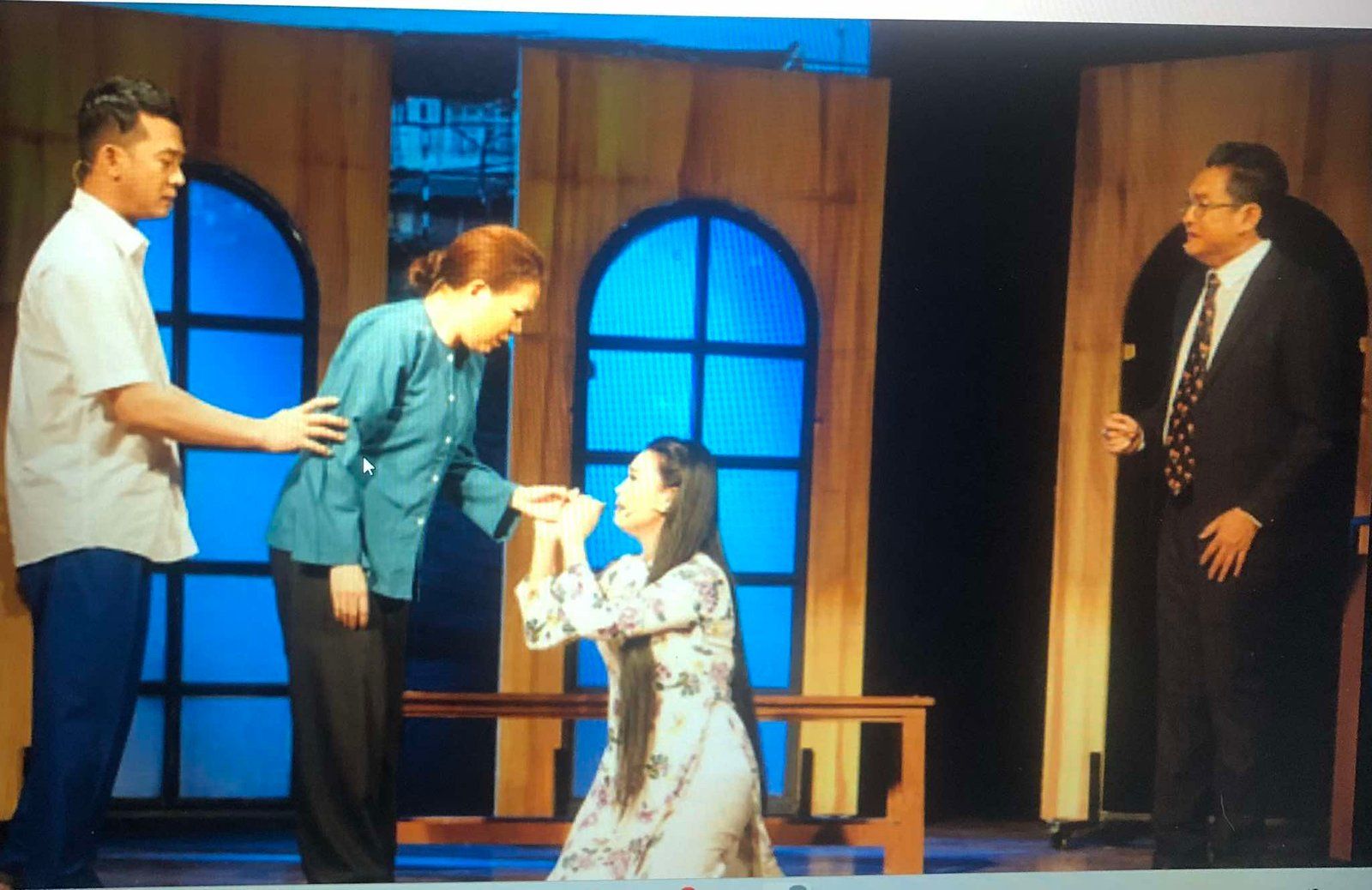Cải Lương is one of the most distinctive traditional theatrical art forms in Vietnam, deeply rooted in the cultural identity of the Southern region. This art form is not only a cultural treasure but also a “bridge” connecting the past and the present, reminding us of profound traditional values. Through its timeless performances, Cải Lương preserves the essence of Vietnam’s history, language, and customs, offering a glimpse into the daily lives and struggles of the past. As it continues to evolve, it remains a powerful tool for passing down knowledge and keeping the Vietnamese cultural heritage alive for future generations.

The Origins and Development of Cải Lương
Cải Lương emerged in the early 20th century in Southern Vietnam as a unique blend of Đờn Ca Tài Tử (Southern folk music) and Western drama. Initially performed at weddings and festivals, Cải Lương quickly evolved into a professional theatrical art form beloved by audiences.
During the 1960s and 1970s, Cải Lương reached its golden age with legendary plays such as “Tiếng Trống Mê Linh” (The Drum of Mê Linh), “Đời Cô Lựu” (The Life of Ms. Lựu), and “Lan và Điệp” (Lan and Điệp). This era also saw the rise of numerous talented performers like Út Trà Ôn, Bạch Tuyết, Thanh Nga, and Minh Vương.

Characteristics of Cải Lương Art
Rich Content
Beyond love and family, Cải Lương also addresses themes of social justice, moral dilemmas, and the struggles of ordinary people. These stories not only entertain but also inspire reflection and empathy among audiences.
Unique Music
A defining feature of Cải Lương music is Vọng Cổ, a deeply emotional melody often considered the “soul” of this art form. The lingering, melancholic notes of Vọng Cổ can evoke profound feelings, leaving a lasting impression on listeners.
Diverse Performance Styles
Modern Cải Lương productions often experiment with creative lighting, stage design, and choreography, adding a fresh visual appeal while maintaining its traditional essence. This blend of old and new keeps the performances engaging and dynamic.

Challenges and Opportunities in Preserving Cải Lương
Today, Cải Lương faces numerous challenges in maintaining its appeal amidst the rapid growth of modern entertainment. Interest among younger generations has waned, and fewer young artists are pursuing this traditional art form.
However, there are positive signs. Programs like “Ngân Mãi Chuông Vàng” (Forever Golden Bell) and “Chuông Vàng Vọng Cổ” (Golden Bell of Vọng Cổ) or free Cải Lương performances in public parks are reigniting a love for this art form. With the right balance between preserving traditional values and embracing modern creativity, Cải Lương holds the potential to captivate both old and new audiences. Through digital platforms, innovative performances, and community-driven efforts, this cherished art form can continue to thrive, carrying forward the spirit of Vietnamese culture for generations to come
Conclusion
Cải Lương is not just an art form but also a symbol of Southern Vietnamese culture, encapsulating unique spiritual and artistic values. It reflects the resilience, creativity, and deep connection to the land and people of the South. To ensure its longevity, it requires collective efforts from the community to preserve, innovate, and share its beauty with future generations. The continuation of this legacy depends not only on the dedicated artists and performers but also on the audience’s appreciation and support.
If you’ve never experienced Cải Lương, take a moment to listen to the sweet melodies of Vọng Cổ – it’s sure to stir your emotions and deepen your appreciation for Vietnam’s rich cultural heritage. Through its captivating stories and heartfelt performances, Cải Lương offers a timeless reflection of the Vietnamese spirit, one that invites all to discover the soul of Vietnam
